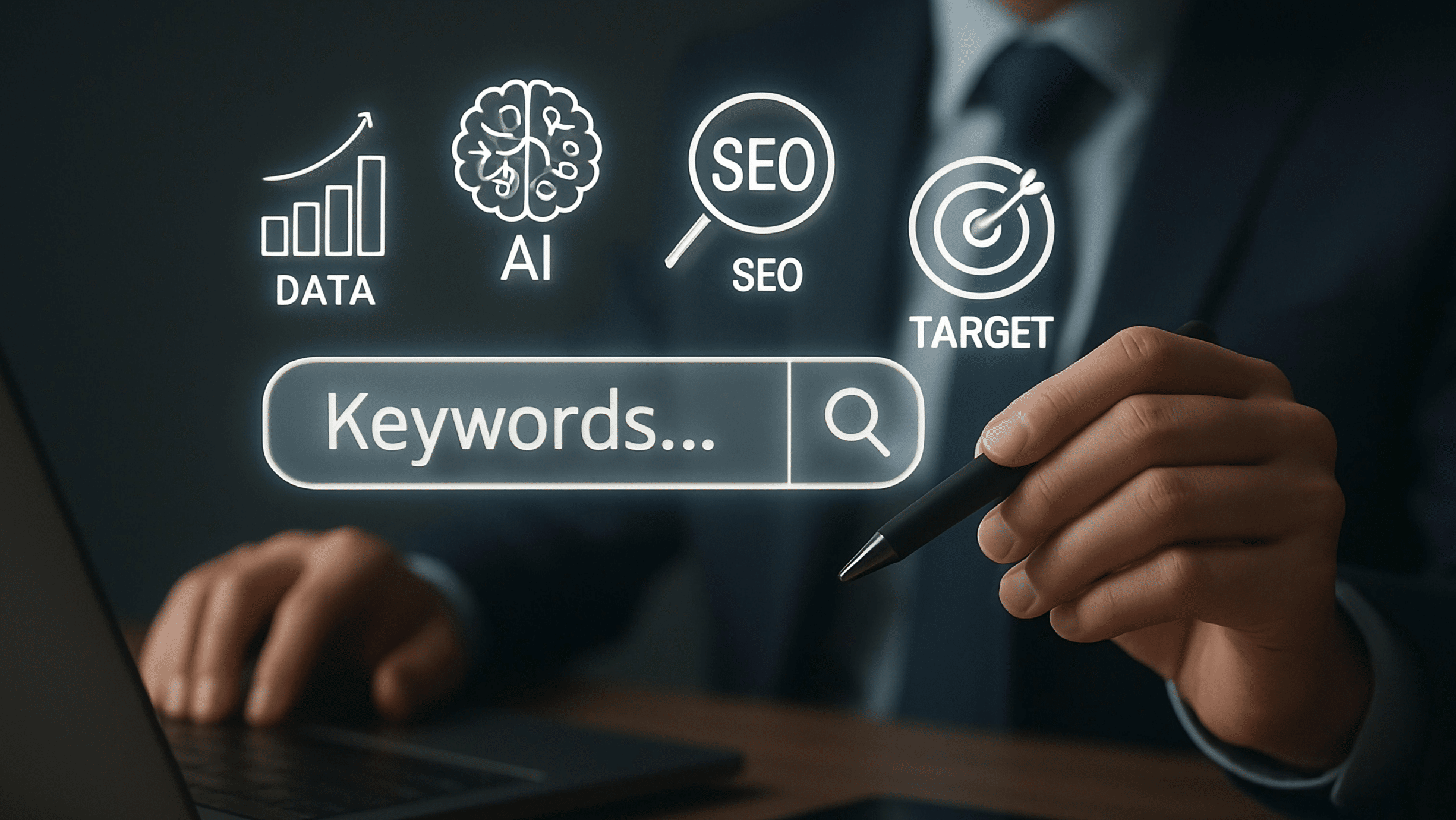Search Engine Marketing (SEM) often feels like an intimidating concept, especially for small business owners working with limited budgets and resources. Most people hear about Google Ads or Bing Ads and think they need a massive budget to see any real results. The truth is, that is only half the story. There is a lot more to SEM than flashy advertisements or bidding wars, and when done right, it can become one of the most cost-effective ways to grow your business.
If you are new to SEM or feel like it is out of your reach, read on. This guide will break down what no one tells you about SEM, showing how small businesses can use this strategy to attract more customers, even on a modest budget.
Does SEM Only Work for Big Budgets?
One common misconception is that SEM only benefits businesses with large advertising budgets. While big companies may dominate prime ad placement, small businesses can still thrive with this strategy. The trick is knowing how to optimize campaigns smartly.
For example, instead of targeting high-competition keywords like “gym near me,” a small local gym might use more specific terms like “beginner yoga classes in Seattle.” These keywords are cheaper and attract highly motivated searchers who are more likely to convert.
Pro Tip for Small Business Owners
Start small by running campaigns with just twenty to fifty dollars per day. Test which keywords perform well and use those that deliver results to fuel longer campaigns.
The Power of Local Targeting
Most small businesses do not realize how powerful localized SEM can be. Tools like Google Ads and Bing Ads allow you to target specific cities, towns, or even neighborhoods with great precision. This hyper-local approach ensures your ads are shown to people who are likely to walk into your store or call for a service.
For example, a family-owned restaurant might run an ad with the keyword “best vegan brunch downtown.” They can set their ads to only show to users within five miles of their address. This way, they are not paying for clicks from people hundreds of miles away who cannot possibly visit their location.
Takeaway
When setting geographic parameters for your ads, always think like your customer. Where do they live? How far are they willing to go to shop, dine, or book a service? Choosing these settings wisely can save money while increasing conversions.
Ad Copy That Works
Writing an ad is not just about adding keywords and hoping for the best. The way you phrase your message counts just as much as your targeting strategy. Strong ad copy makes the difference between a potential customer clicking on your ad and scrolling past it.
Focus on benefits rather than features. Instead of saying “We sell fitness gear,” an ad might say “Feel stronger today with premium gear shipped fast.” The second version speaks to the customer’s needs and emotions while standing out in a crowded search results page.
Example
Consider a small online bookstore. Instead of using vague text like “Browse books now,” their ad might read “Find your next favorite book with free shipping on every order.” It captures attention by offering something clear and valuable.
Tracking Metrics That Matter
One of the most overlooked aspects of SEM is tracking performance. Many small business owners get caught up in looking at how many clicks their ads receive without digging deeper. While clicks are important, they do not tell the whole story.
Pay closer attention to metrics like conversion rate and cost per conversion. These tell you how efficiently your ads are turning visitors into paying customers.
Think about this — if you spend five dollars per click but each click brings you fifty dollars in sales, the campaign is a success. On the other hand, a campaign costing two dollars per click but only generating ten-dollar sales might need reworking.
Quick Tip
Use tools like Google Analytics and UTM codes to follow your ad traffic and see which actions users take on your site. This data will help you tweak your campaigns for better results over time.
A/B Testing Leads to Better Results
Another hidden gem in the SEM world is A/B testing. This strategy involves running two versions of an ad to see which one performs better. For example, you might test two headlines like “Affordable Home Cleaning” and “Spotless Home Cleaning Service.” Even small wording changes can have a big impact on user behavior.
Why It Matters
Continually testing and improving your ads ensures you are not wasting money on underperforming campaigns. It also gives you insights into what your audience responds to.
How to Get Started With A/B Testing
Choose one variable at a time to test, such as the headline, call-to-action, or even the landing page you send users to. Run both versions simultaneously and evaluate performance after about two weeks.
Landing Pages Make or Break a Campaign
Here is a fact savvy marketers know — the success of your SEM campaign depends heavily on where users end up after clicking your ad. A focused landing page drives action far better than sending users to a generic home page.
For example, if an ad invites customers to try a free trial for landscaping services, the landing page should revolve around that specific offer with a clear sign-up form. Sending users to a general website with irrelevant information increases their chances of leaving without taking action.
Key Takeaway
Your landing page should match the message of your ad and make it as easy as possible for users to complete the desired action.
SEM is an Ongoing Process
The most important thing to know about SEM is that it is not a set-it-and-forget-it solution. To truly succeed, campaigns need constant monitoring, adjustments, and improvements to stay efficient and effective.
What worked six months ago may not work today, especially as customer behavior and competitor strategies evolve. Treat SEM as a continuous learning process.
Final Thoughts
SEM does not have to be an intimidating or expensive endeavor. For small business owners, it presents an excellent way to gain visibility and attract high-value customers without breaking the bank.
Start small. Focus on targeting the right audience, crafting strong ad copy, and optimizing landing pages that deliver results. Track performance regularly and use tools to understand what is working and what needs improvement.
If you keep testing and fine-tuning your campaigns, SEM could become one of the most profitable marketing strategies in your toolkit. When your business is ready to take the next step, MoDuet is here to help you turn clicks into customers.
We Want To Talk To You About Your Marketing Goals.
Let’s Supercharge Your Online Growth!












